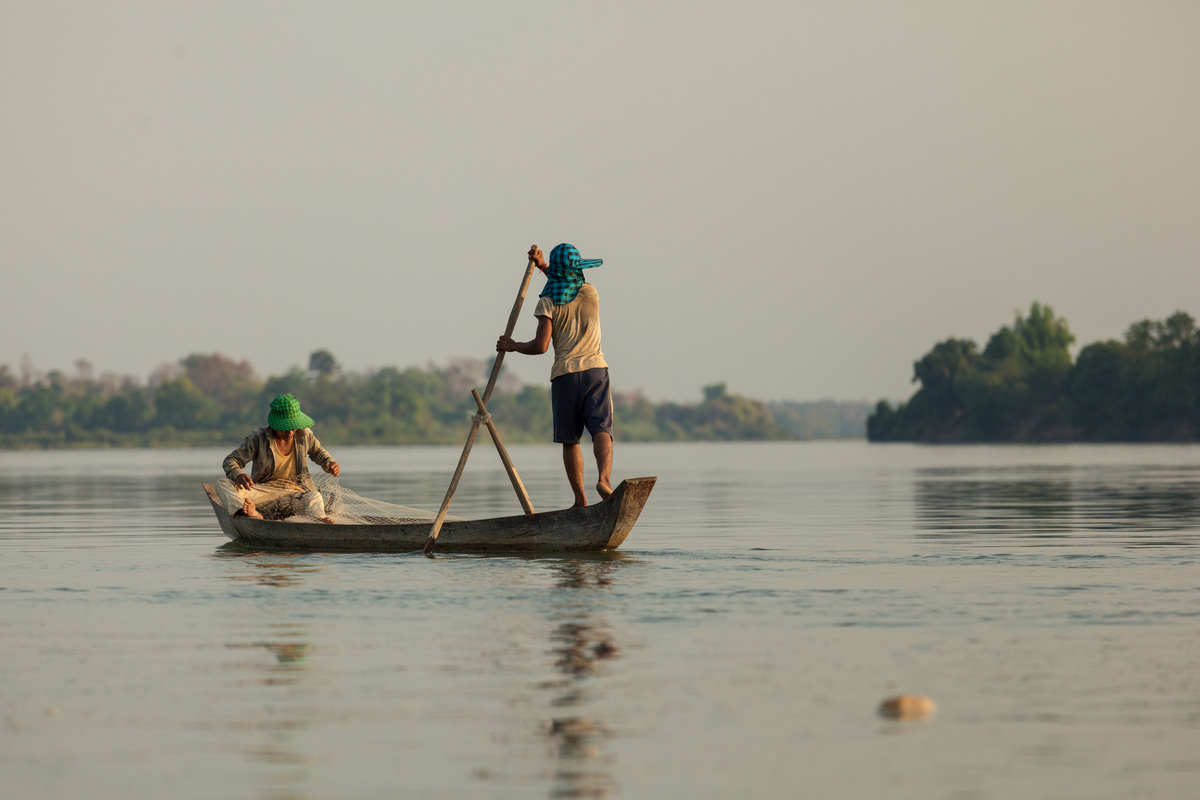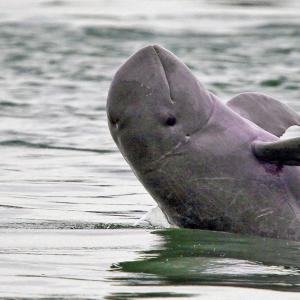No river on Earth can compare with the Mekong when it comes to the amount of fish caught. The Mekong river basin, which spans Cambodia, Laos, Myanmar, Thailand, Vietnam and China’s Yunnan province, accounts for a quarter of the world’s freshwater fish catch. Fishing provides a vital source of food and income for over 60 million people in the region, and fish typically makes up about 80% of the protein household diets.
But overfishing has caused fish populations and catches to fall. Several fish species that are important for food are now listed as endangered, including species unique to the Mekong like the Jullien’s golden carp and the thick-lipped barb.

Read the case study (2016) PDF describing this work
 Mekong river dolphin population rises
Mekong river dolphin population rises